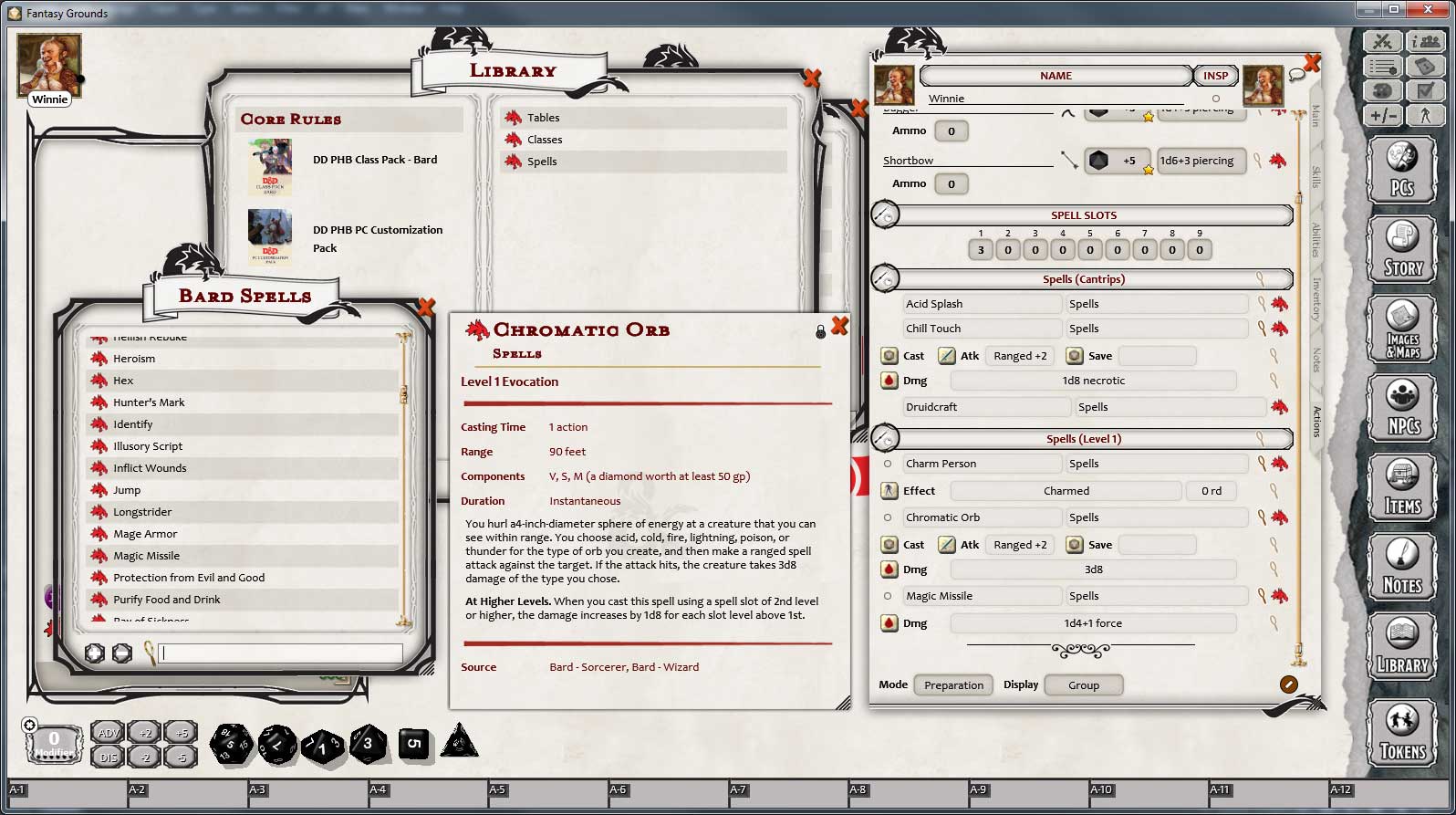

Polar bears must swim longer distances to shore and so are more vulnerable to drowning.

By current estimates, sea ice now breaks up three weeks earlier than in the 1970’s. Global climate change and ocean warming have resulted in earlier melt dates for sea ice: in the Canadian Arctic melting occurs five to eight days earlier each decade.


Stored fat must last through the inter-ice period, at least four months, because the bears fast once the sea ice melts. They feast on highly digestible seal fat which they store ahead of leaner times. Something in the solitary majesty of the polar bear speaks to us despite the fact the predators often elicit less sense of kinship than do their prey. Integrated Principles of Zoology Online Learning Center
#Creating automated character sheets fantasy grounds ii manual
FOR INSTRUCTORS: Access to the new McGraw-Hill Presentation Center includingĪll of the illustrations, photographs, and tables from Integrated Principles of Zoology a password-protected Instructor’s Manual PowerPoint lecture outlines and other helpful resources for your course.Neurons: Functional Units of Nervous SystemsĬHAPTER 34: Chemical Coordination: Endocrine Systemĭescribing Behavior: Principles of Classical EthologyĬHAPTER 37: The Biosphere and Animal DistributionĮverything you need is online! Visit for a wide array of teaching and learning tools. Organization and Regional Function of Alimentary CanalsĬHAPTER 33: Nervous Coordination: Nervous System and Sense Organs Structural and Functional Adaptations of MammalsĬHAPTER 29: Support, Protection, and MovementĬHAPTER 30: Homeostasis: Osmotic Regulation, Excretion, and Temperature RegulationĬHAPTER 31: Internal Fluids and Respiration Structural and Functional Adaptations for Flight Structural and Functional Adaptations of FishesĬHAPTER 25: Early Tetrapods and Modern AmphibiansĮarly Evolution of Terrestrial VertebratesĬHAPTER 26: Amniote Origins and Nonavian ReptilesĬharacteristics of Nonavian Reptiles That Distinguish Them from AmphibiansĬharacteristics and Natural History of Reptilian Orders Phylum Annelida, Including Pogonophorans (Siboglinids)ĬHAPTER 19: Trilobites, Chelicerates, and MyriapodsĬHAPTER 22: Chaetognaths, Echinoderms, and HemichordatesĪncestry and Relationships of Major Groups of FishesĬlass Chondrichthyes: Cartilaginous Fishes Taxonomic Characters and Phylogenetic ReconstructionĬHAPTER 14: Flatworms, Mesozoans and Ribbon WormsĬHAPTER 15: Gnathiferans and Smaller Lophotrochozoans Hierarchical Organization of Animal ComplexityĬHAPTER 10: Taxonomy and Phylogeny of Animals Macroevolution: Major Evolutionary EventsĮndocrine Events That Orchestrate ReproductionĮarly Concepts: Preformation Versus EpigenesisĪn Overview of Development Following CleavageĬHAPTER 9: Architectural Pattern of an Animal Microevolution: Genetic Variation and Change Within Species Storage and Transfer of Genetic Informationĭarwinian Evolutionary Theory: The Evidence Part II: Continuity and Evolution of Animal Life Organic Molecular Structure of Living Systems CHAPTER 1: Life: Biological Principles and the Science of ZoologyĬHAPTER 2: The Origin and Chemistry of Life


 0 kommentar(er)
0 kommentar(er)
